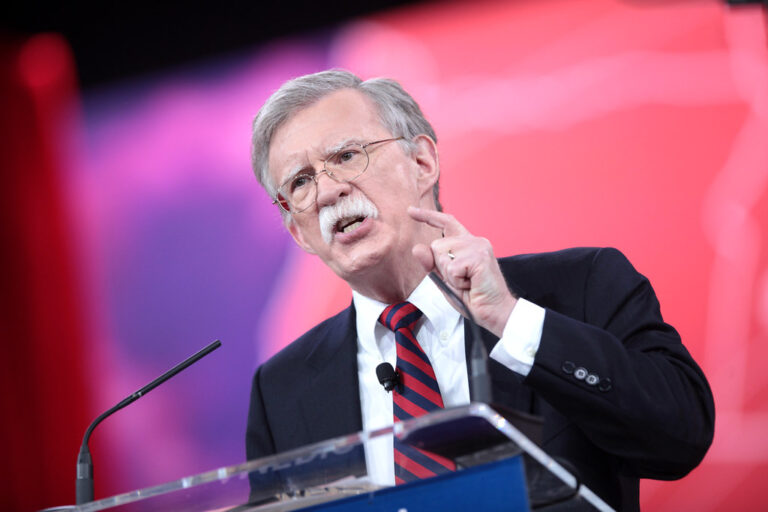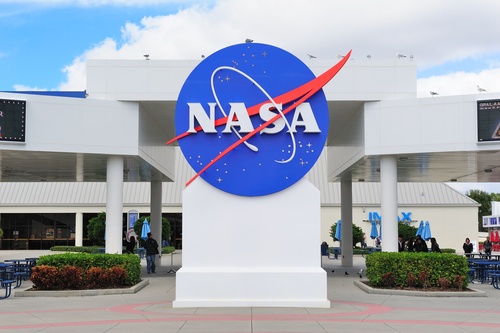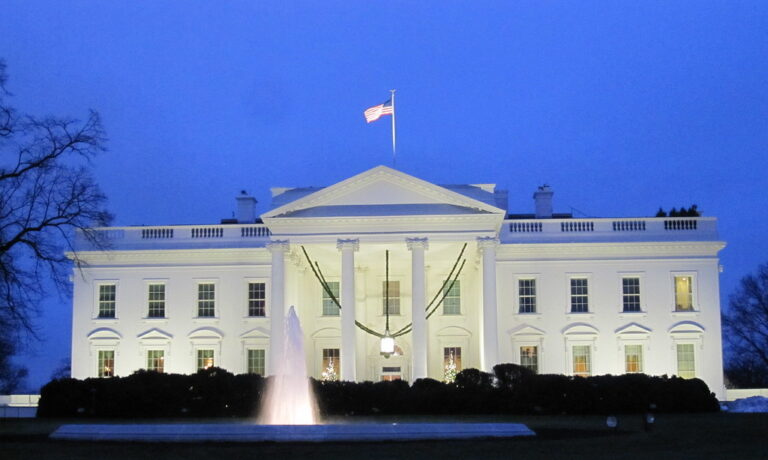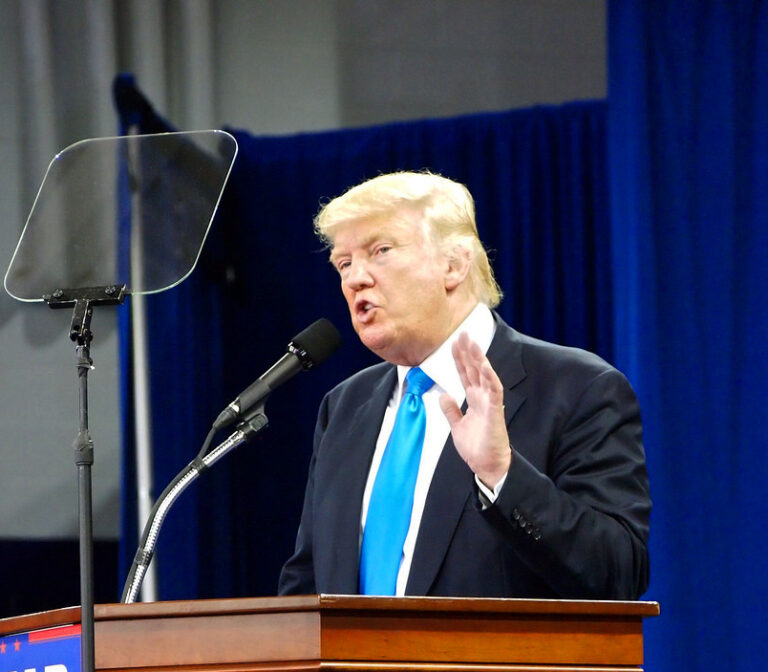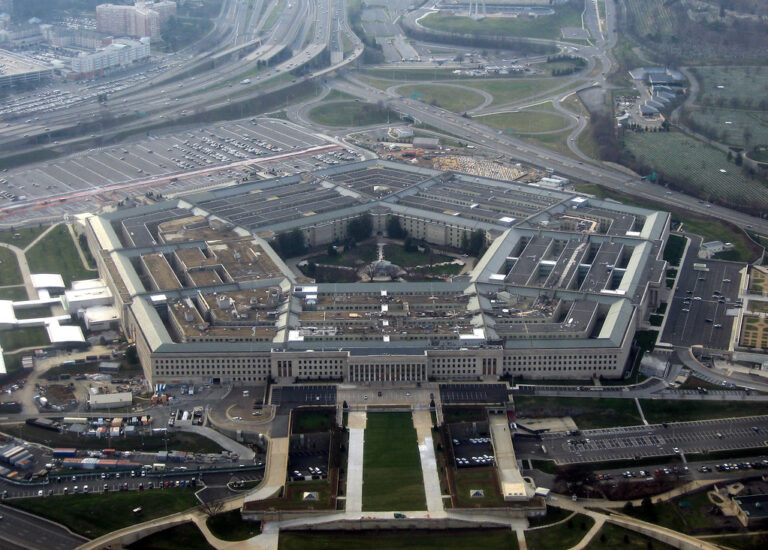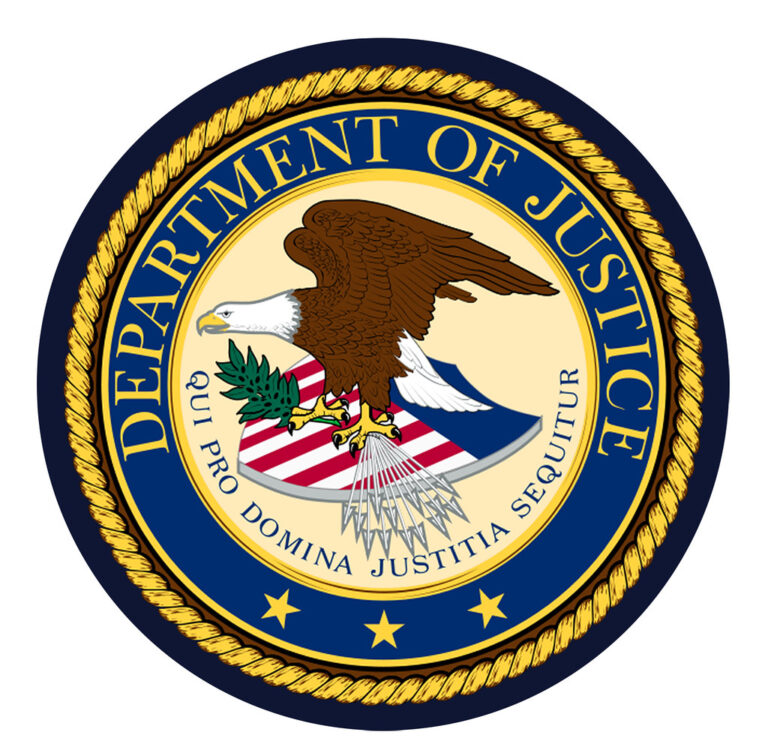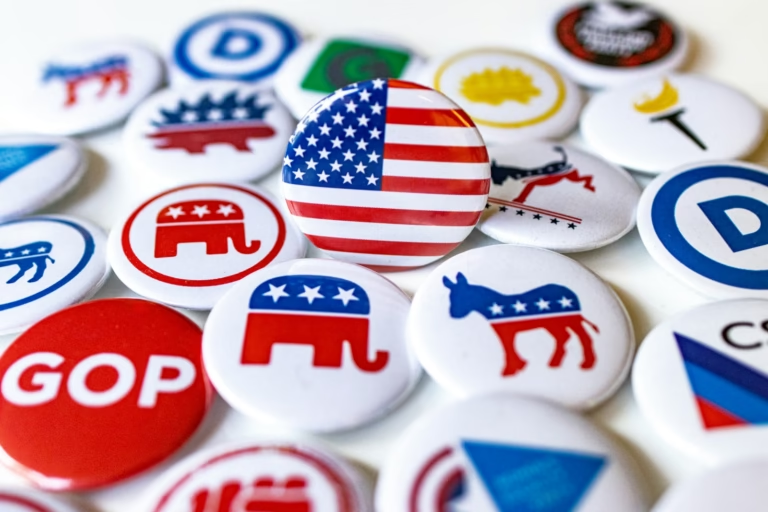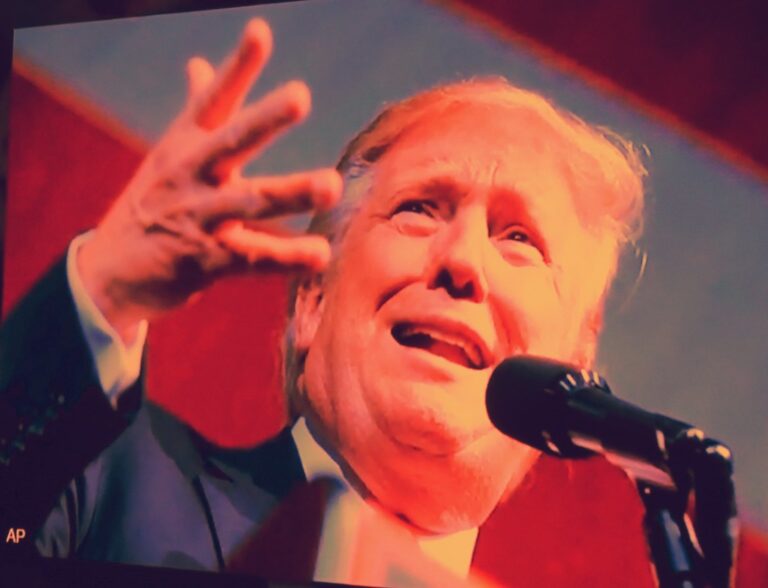Key takeaways
• John Bolton predicts Trump will drop peace talks without a Nobel Peace Prize.
• The president juggles Israel-Hamas and Russia-Ukraine negotiations.
• Bolton doubts Trump will stay focused without that top honor.
• Trump may shift to a big China trade deal if peace efforts stall.
Bolton’s Nobel Peace Prize Prediction
Former national security advisor John Bolton says President Trump faces a tough challenge. He’s trying to end two long wars at once. One fight is between Israel and Hamas. The other is between Russia and Ukraine. In a recent radio interview, Bolton warned Trump will likely lose interest. Unless Trump wins the Nobel Peace Prize, Bolton thinks he will move on quickly.
Moreover, Bolton noted Trump has worked nine months on Ukraine peace plans. Yet he feels stuck at every step. He said Trump sees the world as full of winners and losers. Since peace talks so far bring no clear win, Trump may walk away. In addition, Bolton quoted a famous song line: “A man hears what he wants to hear and disregards the rest.” That view, Bolton argues, drives the president’s focus.
Why Trump Needs a Nobel Peace Prize
Trump craves big victories. He believes success boosts his image and legacy. For that reason, a Nobel Peace Prize matters. It stands as global proof of peacemaking. Also, it ranks among the top honors a leader can earn. Winning it would crown Trump’s foreign policy efforts.
However, peace deals are messy. They need many steps and tough compromises. At each hurdle, Trump could feel frustrated. Bolton warns that without the Nobel Peace Prize as a reward, Trump will look for other targets. He might refocus on a giant trade deal with China. That plan also excites Trump and plays to his strengths.
In addition, Trump’s past shows he shifts interests fast. For example, he once chased big infrastructure projects. When those failed, he moved to tax cuts. So unless the Nobel Peace Prize seems almost certain, Trump may quit the peace process.
Trump’s Peace Efforts Under the Spotlight
Trump’s team has held back-channel talks and secret meetings. They have tried to bring Israel and Hamas negotiators closer. Meanwhile, they explored ceasefire ideas in Ukraine. Yet both conflicts involve deep divisions and powerful rivals.
In Gaza, the conflict taps into religious and historical wounds. In Ukraine, it pits Russia’s military might against Western support. Each side has hardliners who resist deals. Thus, success would mark a huge diplomatic feat. Accordingly, a Nobel Peace Prize could follow.
Still, Trump’s approach relies on personal deals and bold promises. Without detailed plans, critics say these efforts lack real traction. They argue that such high-stakes peacemaking needs careful groundwork. If Trump jumps ship too soon, many questions will remain.
Could Trump Win the Nobel Peace Prize?
The Nobel committee honors lasting peace and human rights improvements. Past winners include leaders who ended major wars or built bridges between foes. Trump’s team needs solid proof of progress. A single ceasefire or partial agreement may not suffice.
Moreover, the committee values multilateral efforts. It often rewards work by many actors rather than one person. Trump’s style of one-on-one deals may not fit their tradition. Still, unexpected picks have won before. For example, Barack Obama received the award early in his term. That choice surprised many at the time.
Therefore, while a Nobel Peace Prize remains possible, it is far from guaranteed. Trump would need clear, verifiable results in at least one of the conflicts. That means real steps toward lasting peace. If he fails, he may abandon the process, as Bolton predicts.
What Comes Next for Trump?
If Trump stays the course, he faces tough talks and high stakes. He must win allies, manage critics, and handle setbacks. Each pause or breakdown could weaken his peace pitch.
On the other hand, if he pivots, he will chase other headline-grabbing goals. A massive China trade deal would fit his pattern. He sees it as another chance to call himself a winner. In that scenario, both the Israel-Hamas and Russia-Ukraine talks would likely fade from view.
Ultimately, Trump’s drive for big wins will shape his next steps. The lure of a Nobel Peace Prize might keep him focused. Alternatively, his desire for quick victories could pull him in new directions. Bolton’s warning suggests time is short for Trump’s peace push.
FAQs
How realistic is Trump’s chance at the Nobel Peace Prize?
Winning the Nobel Peace Prize demands clear, lasting progress. Trump would need a solid peace deal in Israel-Hamas or Russia-Ukraine talks. Given the complex issues and many players, the odds remain low without major breakthroughs.
Why did John Bolton issue this warning?
Bolton served as Trump’s national security advisor. He saw Trump’s focus shifting quickly when projects stalled. In his view, Trump needs the Nobel Peace Prize to stay motivated on peace deals. Otherwise, he’ll abandon them.
Which conflicts is Trump trying to resolve?
The administration is juggling two conflicts: the Israel-Hamas war in the Middle East and the Russia-Ukraine war in Europe. Both fights last several years and involve deep political, religious, and territorial disputes.
What impact would a Nobel Peace Prize have on Trump’s legacy?
A Nobel Peace Prize would give Trump a global stamp of diplomatic success. It could boost his standing at home and abroad. Without it, history may see his peace efforts as incomplete or short-lived.

